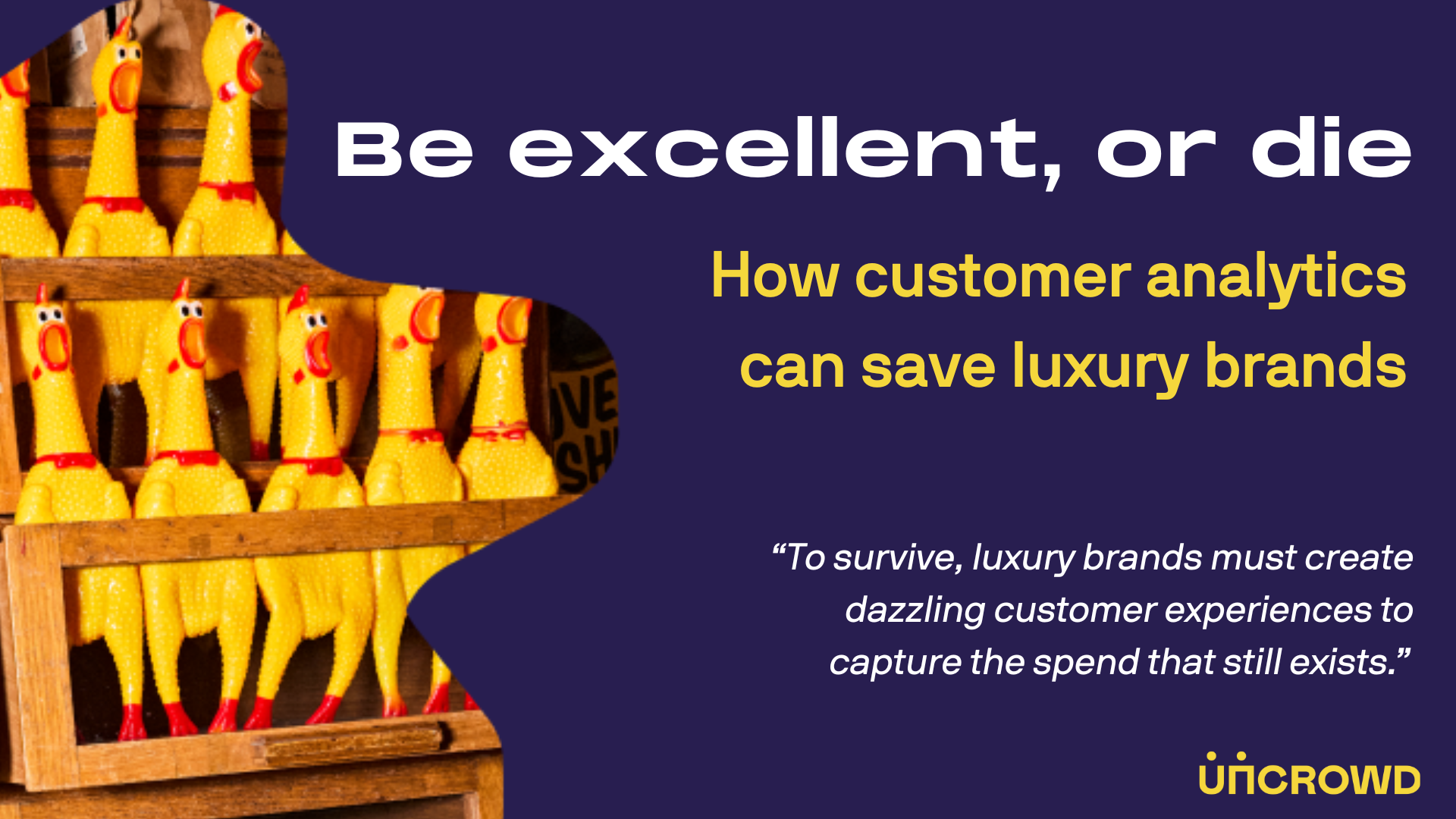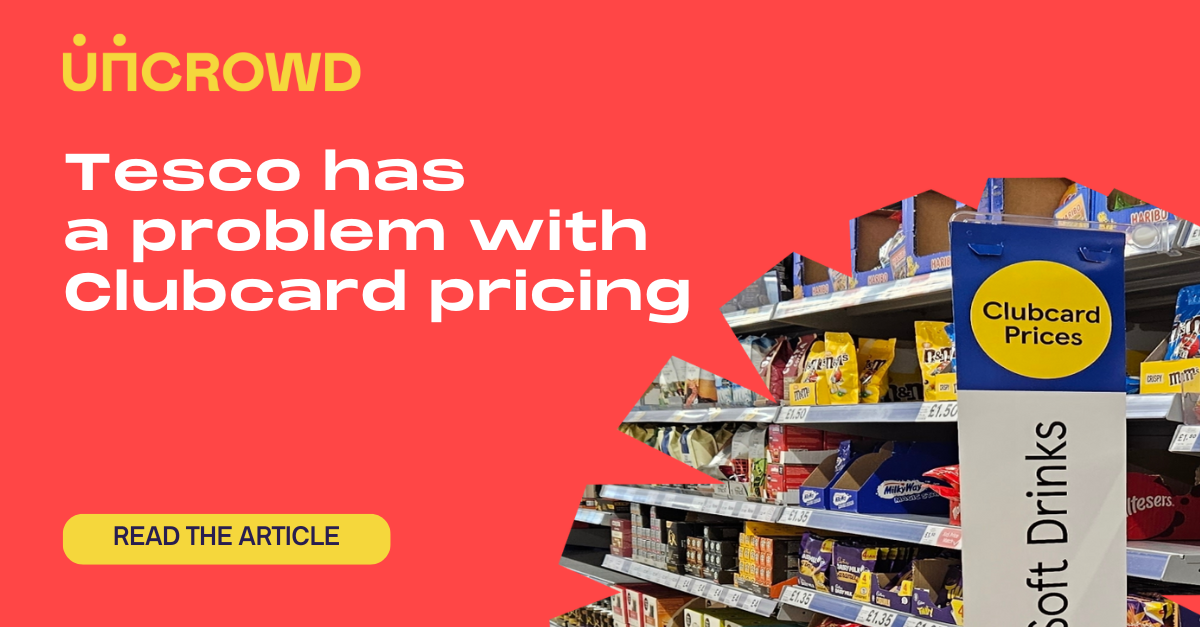What customers say vs. what customers do: fashion & sustainability (Part 2)

In the first part of this article, we looked at the challenge facing fashion retailers trying to join up sustainability measures with excellence in customer experience.
A significant proportion of customers express an interest in sustainable products when asked about them in surveys.
But does what customers say about their fashion shopping preferences translate to real-world action?
What customers do
HBR reported that sales of sustainable products are increasing and the sustainable fashion market is growing, but there is also evidence that the majority of consumers are not changing their behaviours in any significant way to sustainable shopping.
- Customers now routinely expect easy, free returns for online purchases - 34% of clothing items ordered online in the UK in 2022 were returned.
- Despite bumps along the road, the global fast fashion industry is forecasted to grow from 99 to 133 billion dollars between now and 2026.
- Fast delivery is an expectation for consumers, with those younger age groups who show a higher awareness of sustainability being three times more likely to pay more for quick shipping.

A 2022 McKinsey survey found a correlation between consumers who were engaged with sustainability issues, and those who said they renewed their wardrobes every season.
Even customer opinion surveys themselves can show the disconnect between what customers say and what they do. A 2022 McKinsey survey found a correlation between consumers who were most engaged with sustainability issues, and those who said they renewed their wardrobes every season.
Sustainability and communication
There is a problem with relying on customer opinion to set sustainability targets and make changes to CX - it often doesn’t translate to customer action.
It's clear however that customers want to find easy ways to shop sustainably.
If you change how you analyse the real CX environment to measure what customers actually encounter, notice and react to when they shop, you may find that messaging around sustainability is not landing.
A real-world example: Uncrowd partnered with a major sportswear retailer that scored well on sustainability criteria as a business (as measured by an independent auditor). This retailer was doing well with packaging reduction and materials, but when Uncrowd measured their visual merchandising of sustainability, they scored badly. Good sustainable practices were in place, but again they weren’t being successfully communicated - missing out on key sales from those customers genuinely motivated by sustainability.
Creating reward for customers
Going back to that UK apparel retailer mentioned at the start, who removed returns cards from their delivery packages; they discovered that they had created a friction point, and could also see a fix for their issue - better communication of their returns process to customers, for example adding messaging on existing packaging.
They could turn a friction point into a customer reward, making customers aware that they are engaging in a sustainable process, and fulfilling the desire to participate in a more sustainable fashion economy.
This type of reward has the potential to influence more people to choose to shop with you versus your competitors. And when more customers choose you, you grow market share.
Key takeaway
To successfully uncover opportunities to link sustainability to reward for customers, you need an objective analysis of your complete CX environment, not an analysis based on biased customer opinion.
What you can do now
Don't rely solely on customer opinion to plan CX changes related to sustainability - look at deepening your analytics insight with a different type of metric.
Customer feedback can be useful for uncovering some problems, and customers like to be heard. But relying on customer feedback to try to understand the impact of sustainability changes on your bottom line is risky.
Instead, we recommend that you objectively measure the impact of sustainability changes on your CX environment, including how you communicate the changes you make to your customers. This could involve using a tool like the Uncrowd platform. Uncrowd was created to collect empirical observations across the CX journey and also provide competitor comparisons.
Uncrowd is on a mission to improve every customer experience on the planet through a unique combination of CX observation, quantitative measurement and comparative results. Our data is objective, empirical, and always shows your next best action.


